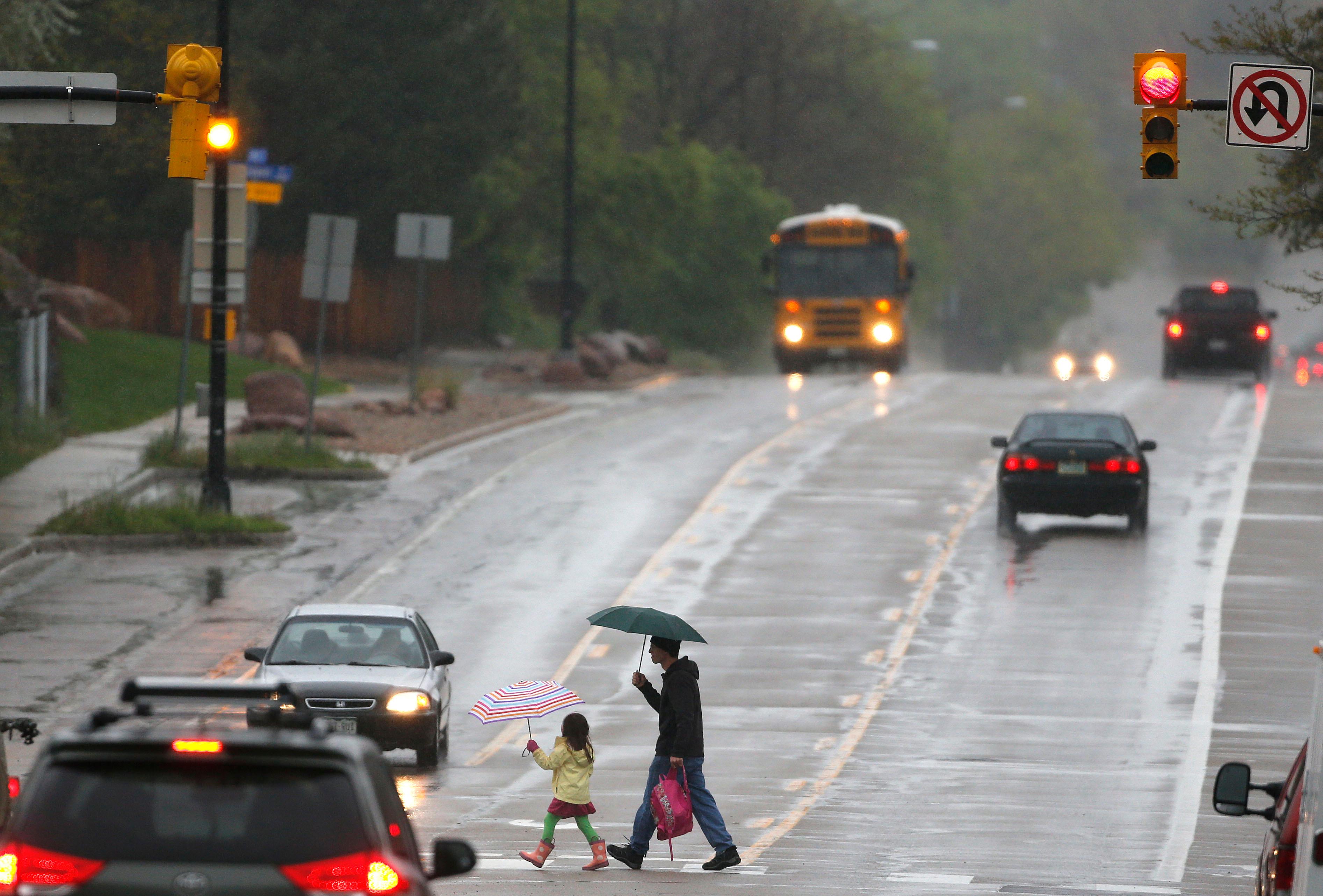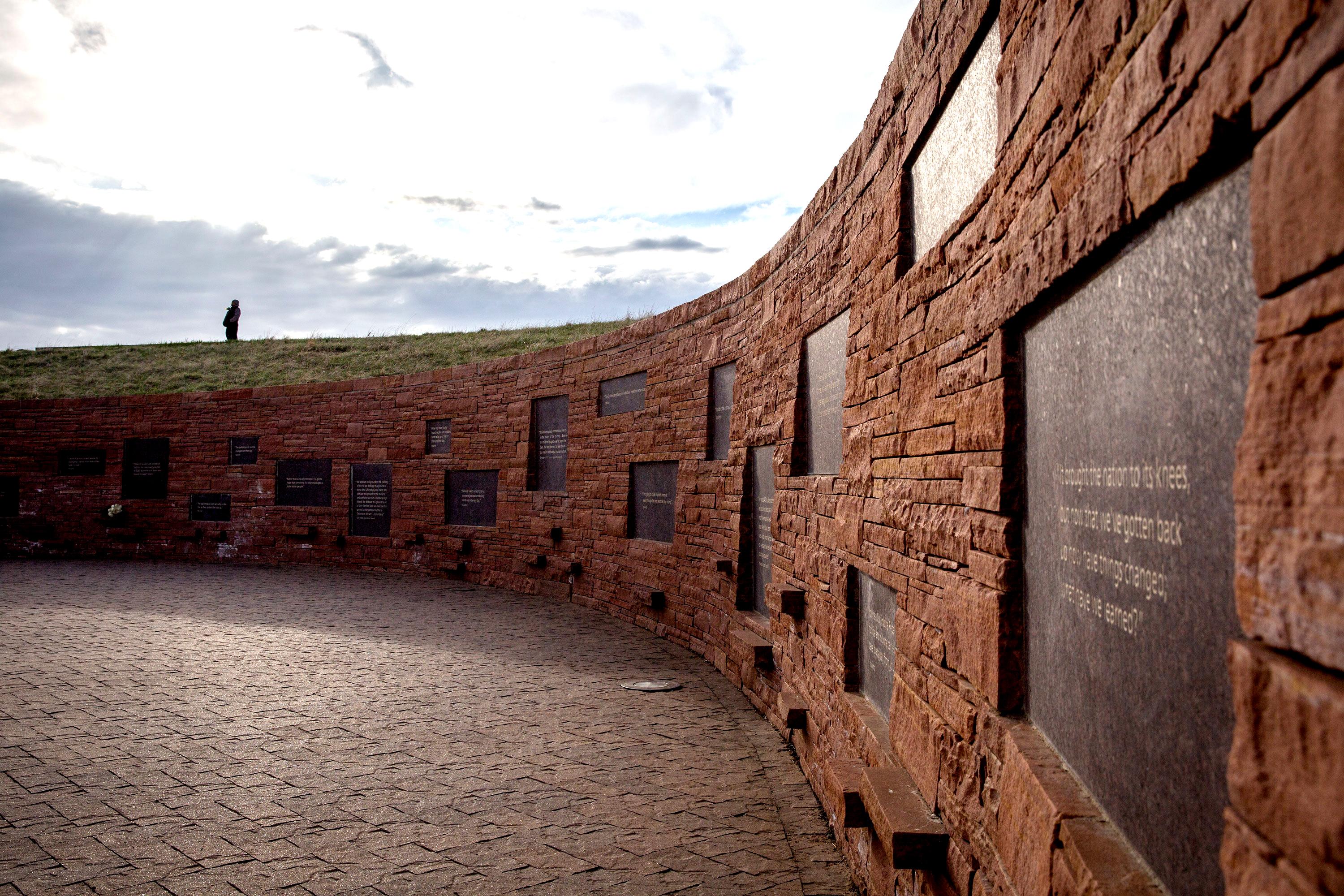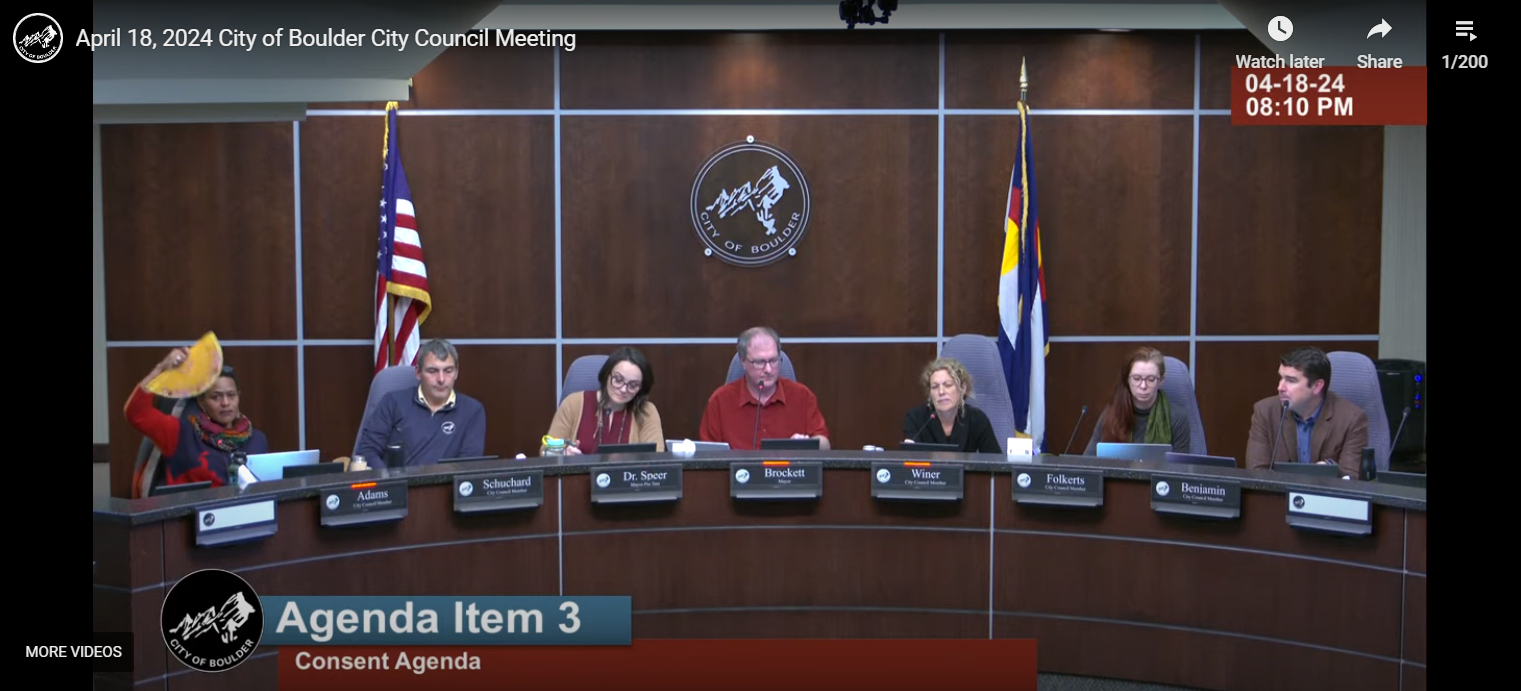
Using the force of moving water to generate electricity is an old idea. For much of the 20th century, hydroelectric technology led to the construction of giant dams across the American West and around the world. But big hydro projects have a big impact on surrounding ecosystems, and Colorado is at the center of a growing move toward hydropower on a smaller scale.
An old U.S. government film touting the Hoover Dam, a massive structure built in the 1930’s on the Arizona-Nevada border, promotes the structure as having a “concrete yoke about its neck to harness its tremendous water and power resources.”
The Hoover Dam backs up the Colorado River, forming Lake Mead. In addition to water storage, the project also generates electricity for over one million people. Most energy experts and conservation advocates agree that hydropower projects that big are a thing of the past in the arid West.
“In the Colorado River basin I think it’s highly unlikely we’ll see something on the scale of Hoover Dam,” says Matt Rice, Colorado River Basin Program Director for American Rivers, a nonprofit river protection and restoration group.
But when it comes to hydropower, Rice and American Rivers are strong supporters, if you don’t have to alter the landscape.
“We’re very much in favor of hydropower that’s developed on existing infrastructure,” Rice says. “In the state of Colorado, there’s a lot of infrastructure that water flows thru, over, under that does not have hydropower installed on it. So we’re vigorous advocates for that class of hydropower development.”
This is most often referred to as “small scale hydro”—generating electricity with the flow of an existing waterway like an irrigation ditch or canal, without making any big changes to the land around it. It could be as a small as a few kilowatts to cover some of the electricity needs on a single ranch. Or it might be big enough to generate a few megawatts—enough power for thousands of homes.
Recent federal rule changes have made it easier to win approval for small hydro projects.
Tom Hunt, Senior Policy Advisor in Colorado’s Energy Office, says in the past, a cumbersome permitting system turned people away from hydro.
“One of the biggest probably most painful steps for somebody that’s looking to develop a fairly small project,” Hunt says, “they had to go through nearly the same process to get permitted as if you're building Hoover dam again. Which doesn't sound very appealing and really, I think, scared a lot of people off.”
The state Energy Office developed a streamlined process for small hydro proposals. Their model got the attention of the Federal Energy Regulatory Commission, or FERC—the agency that oversees all hydro projects on private land in the U.S. With bipartisan support from Colorado’s congressional delegation, the feds changed their rules last year. Now, the simplified permit process that started in Colorado is available nationwide.
Steve Fletcher steps inside a small building on the South Canal—about five miles east of Montrose. Fletcher manages the Uncompahgre Valley Water Users Association. They send water from the Gunnison River through a series of canals and ditches to irrigate over 80,000 acres in the Uncompahgre Valley. Last year, Fletcher’s group partnered with the local utility Delta Montrose Electric to install the turbine and generator in this building and a second one nearby.

But Fletcher says there are still some local misperceptions about these new hydro projects.
“You know, we’re kinda going through a drought period the last couple of years, and I’ve been told several times that we wouldn’t be in this drought if we hadn’t put these hydro plants in,” says Fletcher. “So there’s really a misconception about the amount of water hydro uses, which isn’t any.”
In water law, hydropower is considered a “non-consumptive use” because the water involved passes through the plant rather than being consumed.
This local hydro helps Delta Montrose Electric comply with state rules requiring utilities to generate a percentage of their power with renewable energy. The company sold bonds to finance the project. When the bonds are paid off, the Uncompahgre Valley Water Users will make money selling the hydropower back to Delta Montrose Electric.
Steve Fletcher calls it a “win-win.”
“I mean, we’re an irrigation company and so we have to deliver water per the demands of the irrigation,” Fletcher says. “All we’re doing is using the energy of the water as it goes by.”
These Delta County projects aren’t running now—irrigation water doesn’t flow in the winter. But come summer, these two hydro stations combined will generate over six megawatts of electricity—enough for about 6000 homes.
The Colorado Energy Office's Small Hydro Handbook [.pdf]
Note: Sam Fuqua reported this piece.
Connecting the Drops is a year-long collaboration between Rocky Mountain Community Radio stations and the Colorado Foundation for Water Education. Find out more at YourWaterColorado.org.









